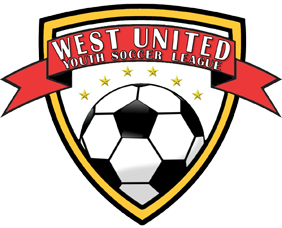What is Play-Practice-Play?
Play-Practice-Play is a US Soccer Grassroots developed philosophy designed around a player-centered approach to coaching. The concept of Play-Practice-Play is to allow young players to experience the game and game-like situations as much as possible. This approach encourages developing practices that do not have children standing in lines, running laps and participating in drills that don’t resemble the game of soccer.
Stage 1: Play
When players arrive to practice, the first responsibility of the coach is to create an environment that is safe, engaging and fun. In the first Play phase, players engage in small-sided games with the primary focus on having fun. It is important that these pickup-style games are led by the players and facilitated by the coaches. During this first Play stage, players have the opportunity to experience the game while the coach observes and guides them towards developing their own solutions rather than being directed what to do. Coaches should encourage the players to be creative and try new things.
Stage 2: Practice
In the second phase of Play-Practice-Play, children are engaged in different forms of targeted learning activities to further guide their opportunities to develop. The goal of the Practice phase is to create an environment filled with opportunities for players to experience and learn about the goal of the training session through repetition in game-like scenarios. Coaches should remember to try to avoid lines and as often as possible each player should have a ball.
Practice activities should be of appropriate challenge (striking a balance between success and failure), resemble the game, involve the players making decisions and allow for creative problem solving. The role of the coach during this phase is to guide players while using teaching actions and phrases. Ask them guided questions such as “Can you find an opening?”, “Where is the opening?” Use simple repeatable phrases that guide the players to make their own decisions versus telling them what to do and where to go. While it is during this phase that targeted learning takes place, there should always be an emphasis on keeping the atmosphere fun and enjoyable for the players.
Stage 3:Play Again!
The final stage of Play-Practice-Play is the game. This phase offers players the opportunity and freedom to play, without interruption, in an environment that mirrors the actual game. The focus of the final Play phase is to encourage players to express themselves and demonstrate what they learned during the Practice phase. A coach should observe and guide using minimal dialogue if possible. By silently observing the application of the Practice phase in the final Play phase, the coach is able to check each player’s understanding and ability to execute the goal of the training session. This game should be on a larger field, closer to the actual field dimensions and should include all players. If you have a large group you can create teams and have one sit out while the others play, just remember to keep a timer going as well so that you can ensure everyone has a chance to play!
Start Grassroots Training!
If you like the Play-Practice-Play philosophy and are interested in learning more. You should take a look at the US Soccer’s free Introduction to Grassroots Coaching Education Module and start your journey towards becoming a licensed coach!
This content was taken from the U.S. Soccer “5 things 2 Know” stories and adjusted based on what I’ve learned while taking these courses. https://www.ussoccer.com/stories/2018/02/five-things-to-know-about-playpracticeplay
